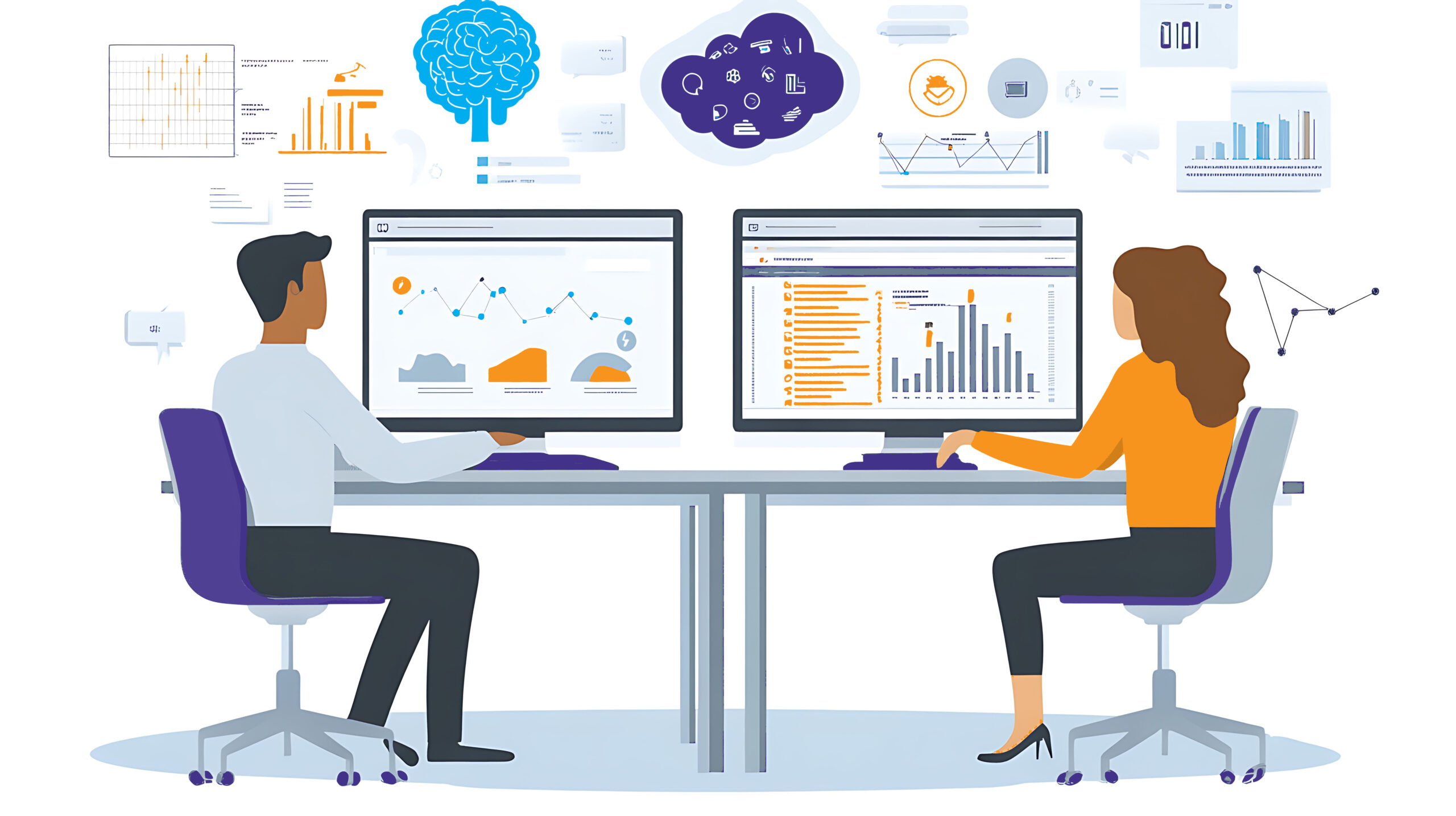Ahead of the new year our inboxes are filled with insights from the previous year as well as upcoming trends. I found these 5 top industry sources the most impactful, so I fed them to ChatGPT and asked it to summarize each source in two sentences or less, and then identify and summarize 3 key themes from all 5 reports combined, with examples.
The outcome (below) is hugely insightful and in some ways, very accurately snapshots what I’ve witnessed in the state of the industry. Simultaneously and ironically, it ignores a lot of the challenges and lay-offs in the industry we’ve witnessed over the past year. Confrontation is difficult and uncomfortable, so it’s not surprising to see all these reports largely ignored those factors outright. This is unfortunate, as there would be much to learn from examining these challenges from an organizational development standpoint, beyond an economic one.
The results across these reports seemingly indicate a shift in common corporate culture away from reckless spending, hollow incentives, and self-centered leadership into a more mindful (and very demure) organizational development culture, one that is perhaps in response to current economic uncertainties, calling on established and emerging leaders to nurture a leaner, yet stronger and more supported, talent base with emotional intelligence, adaptability, and strategic thinking.
A Quick Summary of Each Source:
1. Trends 2025: Focuses on aligning L&D with organizational goals, leveraging AI for learning personalization, and developing resilient leadership pipelines to address skill gaps and workforce adaptability. Read the full report here.
2. 2024 LearnOps Trends & Insights Report: Highlights structured frameworks, data-driven decision-making, and technology adoption to optimize L&D operations and measure ROI effectively. Read the full report here.
3. Blanchard 2025 HR/L&D Trends Survey: Emphasizes leadership development, workforce engagement, and flexible, scalable learning modalities to meet evolving employee and organizational needs. Read the full report here.
4. Hive Learning Article: Stresses the importance of cultivating adaptability, inclusion, and on-demand learning to drive employee engagement and support continuous growth. Read the full report here.
5. Unboxed Technology Article: Identifies a digital-first approach, improved learning experience design, and technology-driven strategies as essential for L&D’s future impact. Read the full report here.
Three Key Themes Found Within These Industry Reports:
1. Strategic Alignment with Business and Leadership Development
L&D’s role as a strategic partner is emphasized across all reports, highlighting the need to align learning programs with organizational goals. Leadership development is central to this alignment, with competencies like emotional intelligence, adaptability, and vision-setting consistently identified as critical for navigating change. For example, the Blanchard report points to the increasing demand for leaders who can be a change agent, inspire resilience, and foster collaboration, while Trends 2025 highlights how leadership pipelines and skills taxonomies can bridge skill gaps to future-proof organizations.
2. Technology-Driven Innovation in Learning
The reports underscore the transformative potential of AI, VR, AR, and learning analytics in modern L&D strategies. These technologies not only enable personalized learning experiences but also provide real-time data to measure impact and optimize outcomes. For instance, LearnOps emphasizes the use of AI to sustain learning post-training, while the Hive Learning article champions on-demand microlearning for greater adaptability. The Unboxed Technology article highlights how digital-first approaches are key to improving learner engagement and overcoming hybrid work challenges.
3. Workforce Adaptability and Well-Being
Creating adaptable, engaged, and well-supported workforces is a common goal. All sources stress the importance of addressing skill gaps through targeted upskilling and reskilling initiatives, alongside fostering a culture of inclusion and mental health support. For example, Blanchard’s findings emphasize employee well-being programs and flexible work policies as essential for retention, while Hive Learning advocates for connecting training to individual and organizational purpose to boost morale and drive engagement. This dual focus on adaptability and well-being ensures that employees are prepared for change while feeling valued and supported.
The themes highlighted in these reports show the transformative potential of aligning technology with strategic business goals. The focus on AI-driven personalization, data analytics, and adaptive learning systems reflects an industry ready to embrace innovation while addressing workforce demands for flexibility and well-being. However, the absence of discourse around industry challenges and workforce disruptions is a missed opportunity. These realities are critical for crafting resilient strategies that balance technological advancements with the human elements of adaptability and emotional intelligence. By confronting these challenges head-on, we can lead organizations toward sustainable growth, leveraging technology to empower leaders and build a more agile and supported workforce.

